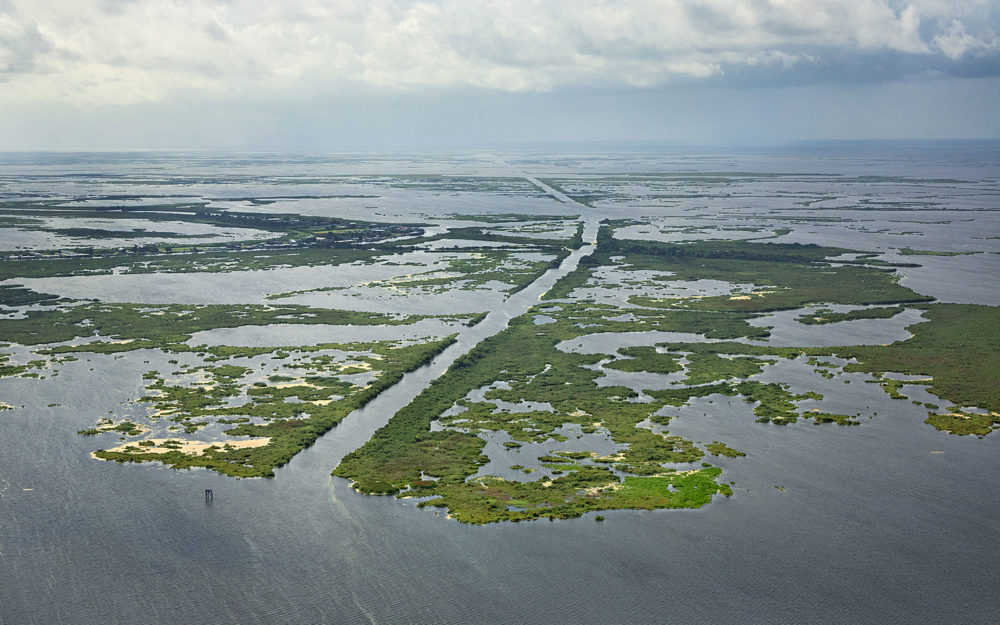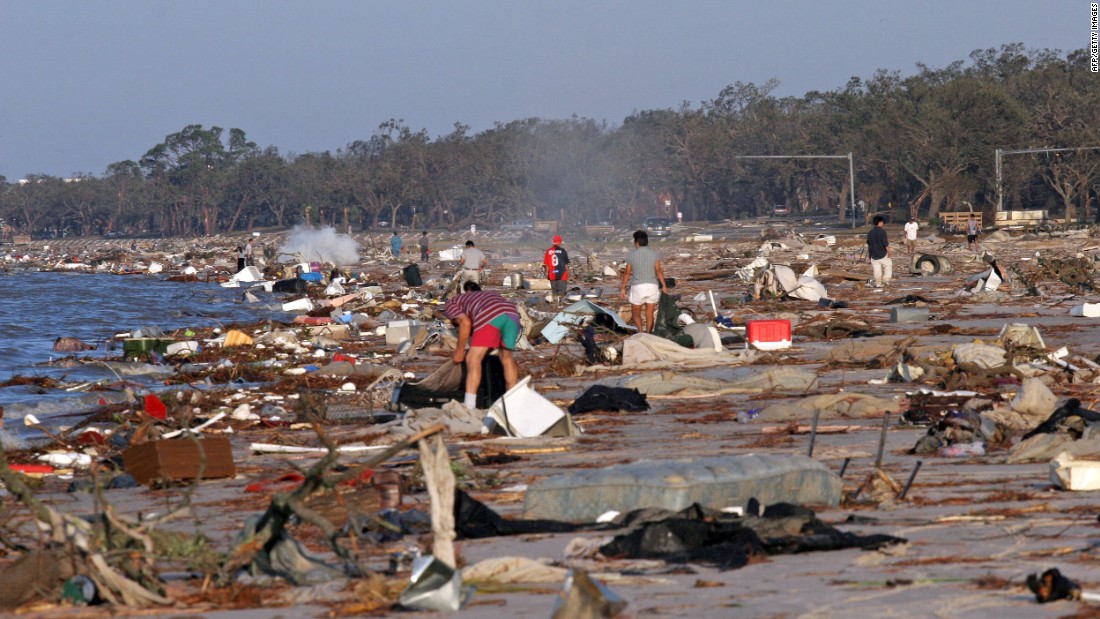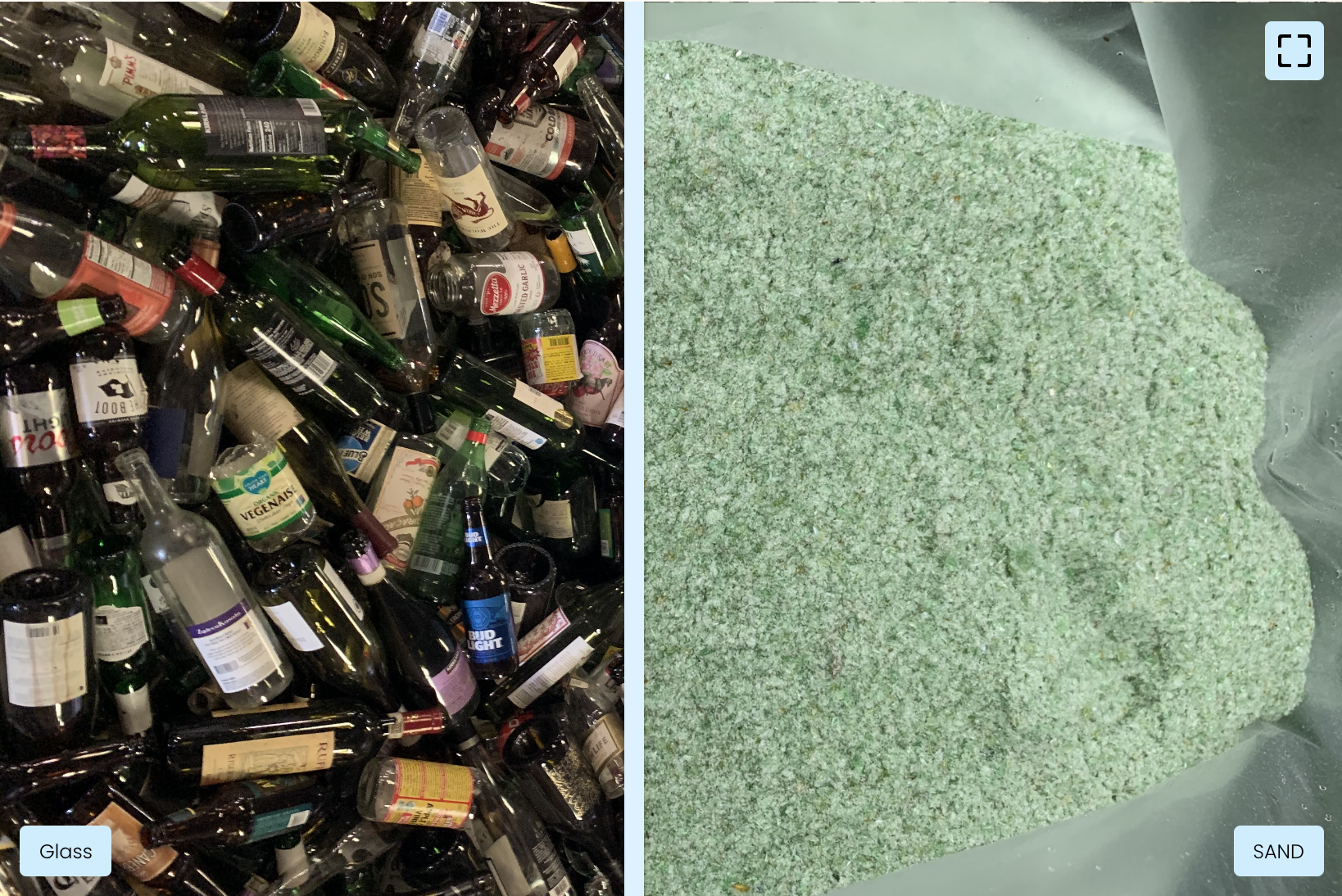New Orleans, a city in a class of its own, offers endless opportunities for fun and entertainment, casting a global allure that brings more than 17 million visitors a year. New Orleans was founded by the French but was under Spanish control. In the 19th century, New Orleans was the largest port in the South, exporting most of the nation’s cotton output and other products to Western Europe and New England. It was the largest and most important city in the south due to its rich and unique cultural and architectural heritage. Among this though, New Orleans is central to the hurricane pathway, as well as it is constantly changing due to climate change. With both of these global issues directly affecting New Orleans, it is critical New Orleans continues to help its environment in preventing climate change as much as possible.
Land the size of a football field is lost in New Orleans every hundred minutes. This drastic land loss is directly affecting people of color who live in low-income communities, due to the fact that the land near the Mississippi River is the highest, and most wealthy people live on higher ground. New Orleans cannot afford this consistent flooding because of how much it costs to restore areas damaged by floods. The wetland loss problem in coastal Louisiana is widely documented and there is an enormous interest in the future fate of these highly valuable ecosystems.

Photo was taken by commonedge.org
One recent finding is that over short (annual to decadal) timescales, coastal marshes and swamps may keep up with rates as high as ~1 cm/yr. However, over longer (multi-decadal to centennial) timescales sudden marsh collapse occurs at rates of RSL rise that are much lower.
For a city that brings so much light into its residents and tourists’ life, New Orleans post-Katrina was a town defined by its debris. In 2006, the Louisiana legislature directed the Louisiana Department of Environmental Quality (LDEQ) to create a disaster debris management plan that would prioritize the reuse and recycling of materials, though it was unclear whether storm-damaged buildings would be deconstructed and eventually re-used. The debris laid around for months and New Orleans never announced or specified that reuse and recycling were priorities for rebuilding. These non-specific regulations caused moldy bricks, tile roofs, and other reusable building materials to all end up in landfills after Hurricanes hit the area.

Photo was taken from CNN.com
The Gulf Shores in Alabama recognizes the importance of a clean, healthy environment to our economy and way of life. The city has recently launched Green Up Gulf Shores to develop, enhance, and promote projects and initiatives aimed at raising environmental awareness, reducing waste, increasing livability, and improving sustainability in the Gulf Shores community. Green Up Gulf Shores is an education-based environmental awareness campaign designed to reach and influence the residents and visitors to the Gulf Shores. This program seeks to address environmental concerns and issues that are affecting the region. Gulf Shores has also implemented weekly residential recycling debris services. The city has made it clear as to what can be recycled and what cannot, helping those who are not as knowledgeable on the subject learn more about recycling.
New Orleans and the Gulf Shores are both very similar in climate and both in the Hurricane zones every year. If New Orleans were to focus more on their recycling, similar to the Gulf Shores, it would reduce the number of gas fumes emitted into the air, having less of a harmful effect on New Orleans. While there are lots of residents in New Orleans that push for recycling efforts, it is not really up to the city of New Orleans. The city would need to build its own Material Recovery Facility (MRF), which is millions of dollars, or they would have to put lots of money into the existing MRFs to make them more efficient. When residents leave their recycling bins a mess, it disrupts the recycling process causing more harm to materials that would otherwise be recyclable. For New Orleans to continue to be such a historic, fantastic city, New Orleans should be taking steps in creating less waste and begin to reuse what they have. Once there are fewer materials, it will become easier to tackle and handle this problem.
Members of the Tulane community from the Zeta Psi fraternity created an organization in order to combat climate change. They have begun to recycle glass because they recognize it is unacceptable that the city of New Orleans does not. The organization, Glass Half Full NOLA, has implemented free hotspots around NOLA that are open 24/7 and are free to drop off. Glass Half Full NOLA uses an eight-step process where they divert used glass products from landfills, sort and sift through them, and ultimately convert them into the pure, soft sand.

Photo was taken from glasshalffullnola.org
The recycled glass they collect is converted into sand that is used for disaster relief efforts, coastal restoration and protection, and much more. The sand created is sourced sustainably, and sold below market price so that those who are in desperate need of the critical resource are able to afford it. While this organization is local, the students running it use social media sources, such as Instagram and Tik Tok, to inform people from all over the work they are doing to help better the New Orleans community.
 NOLAbeings
Multimedia artist Claire Bangser created NOLAbeings as a portrait-based story project that marries...
NOLAbeings
Multimedia artist Claire Bangser created NOLAbeings as a portrait-based story project that marries...
 Data corner: Adobe Suite (create a PDF, social media graphic, presentation, edit a photo and video
Data corner is where you go to work with analytics and top tech skills. It takes on everything from PERL and SQL to Canva and Sprout Social.
Data corner: Adobe Suite (create a PDF, social media graphic, presentation, edit a photo and video
Data corner is where you go to work with analytics and top tech skills. It takes on everything from PERL and SQL to Canva and Sprout Social.
